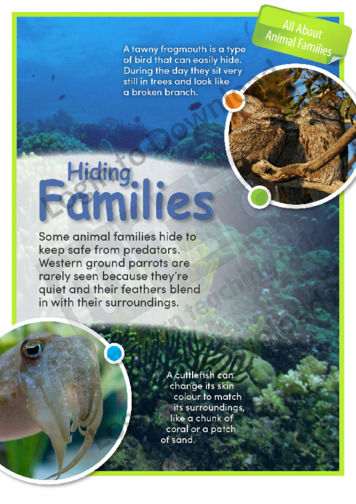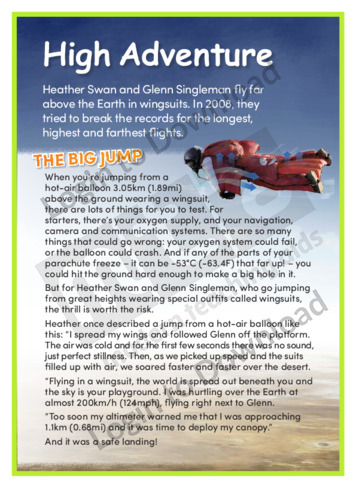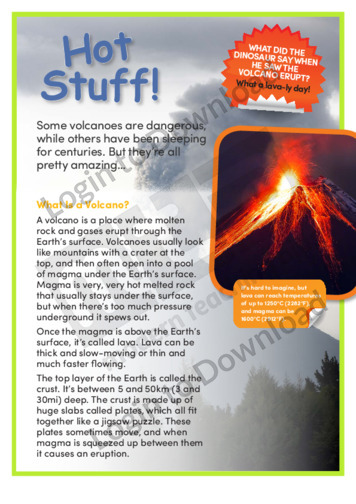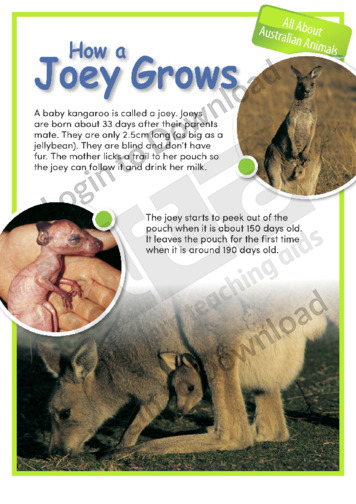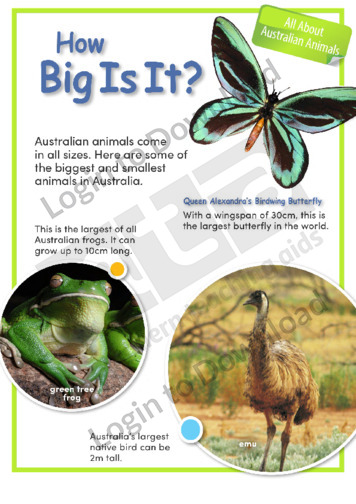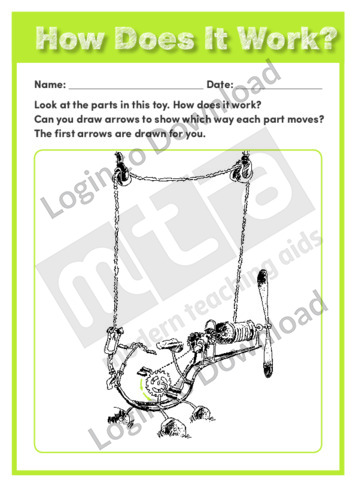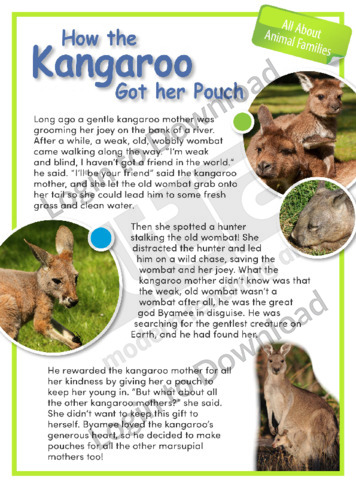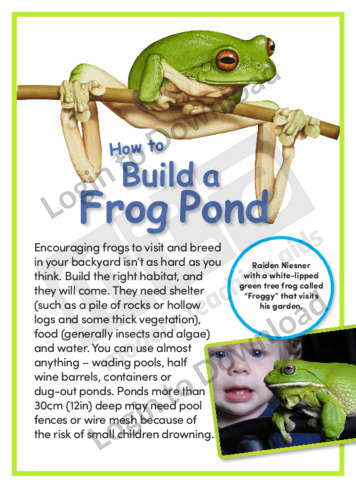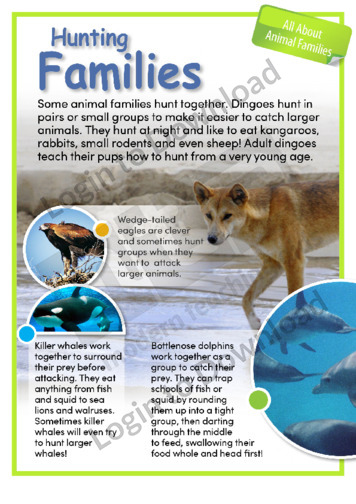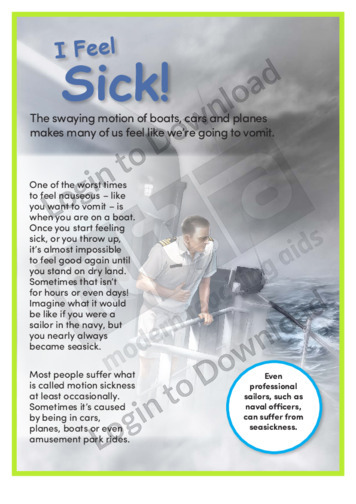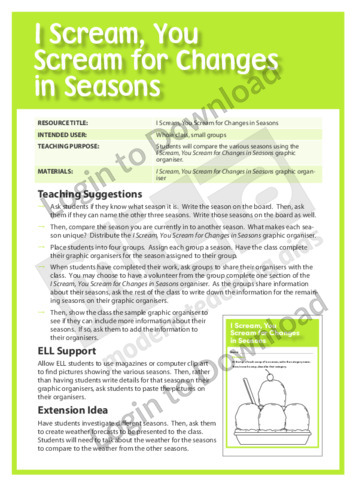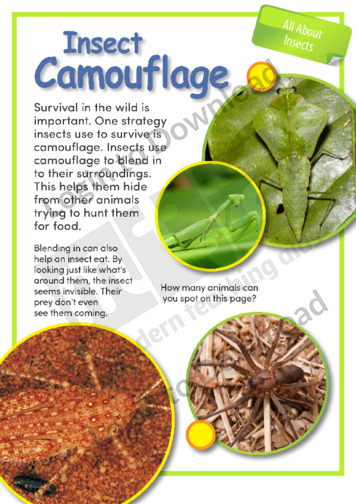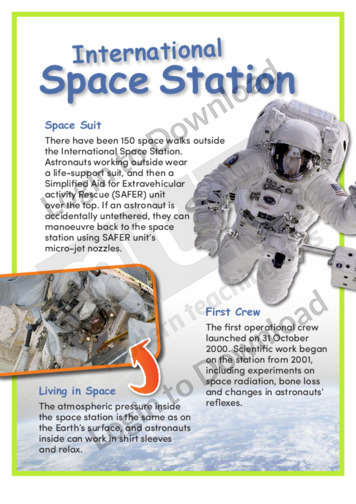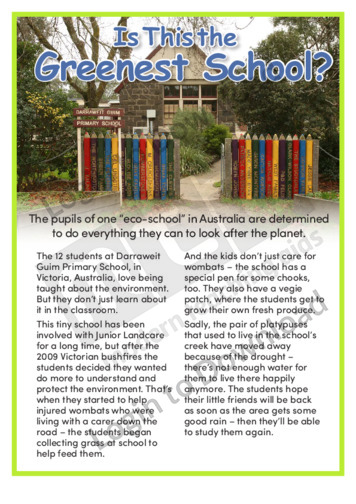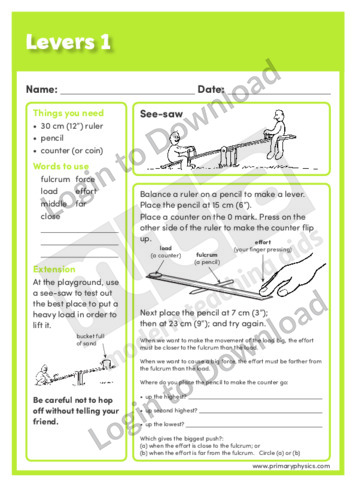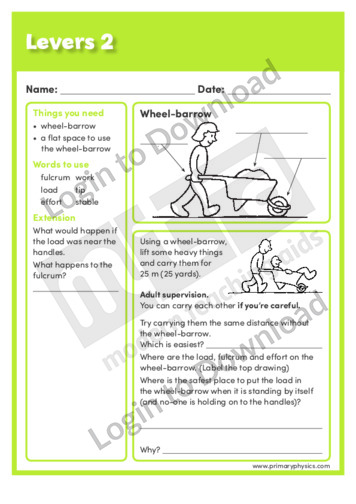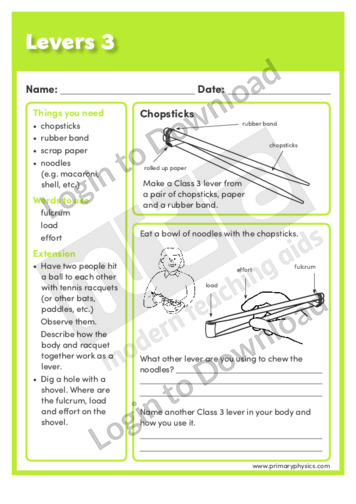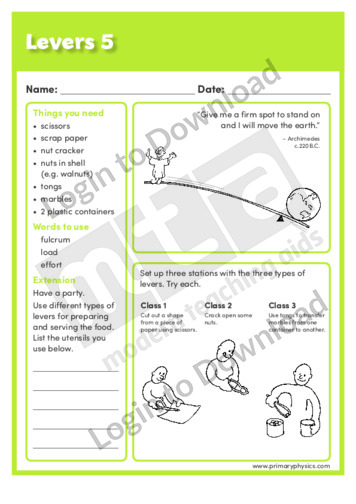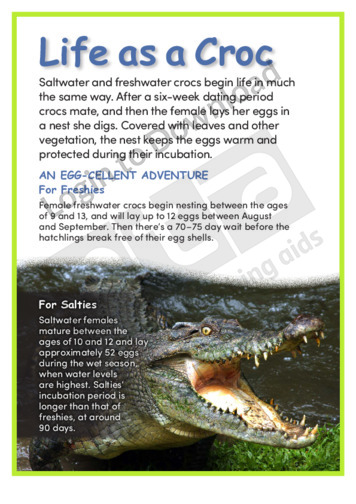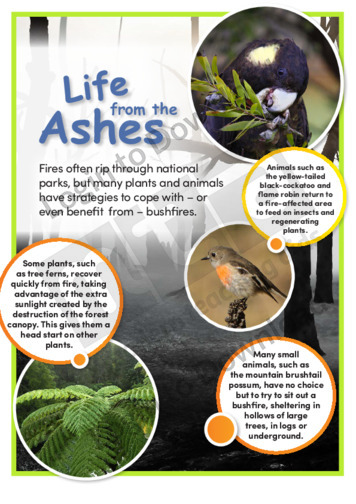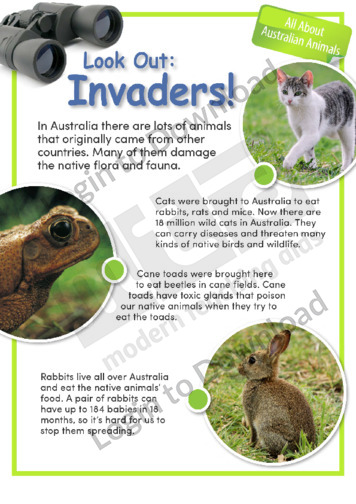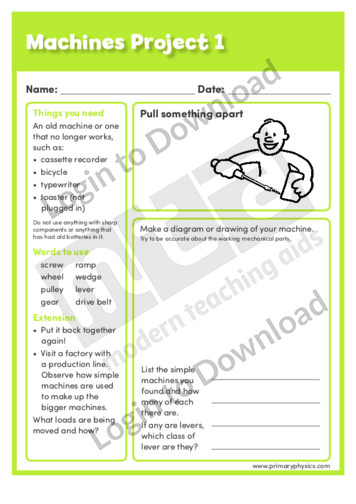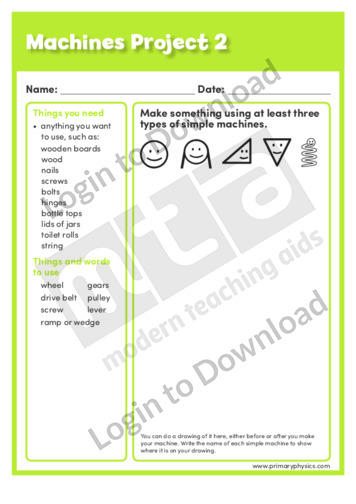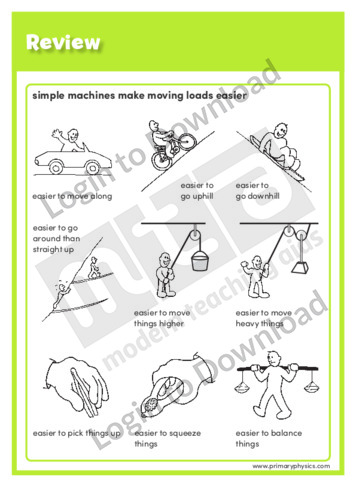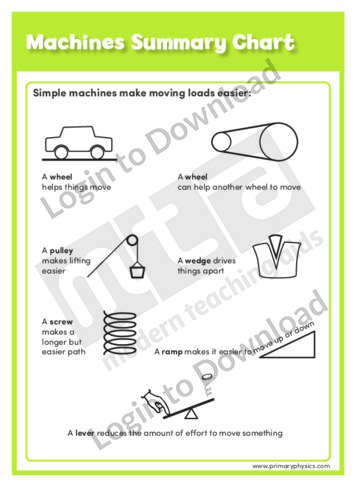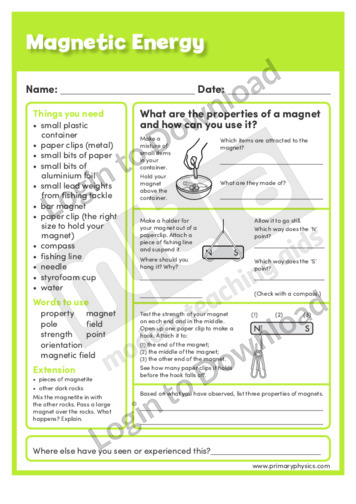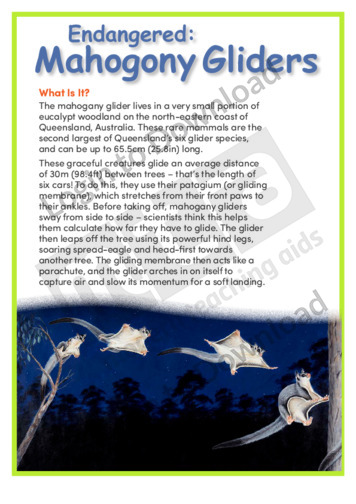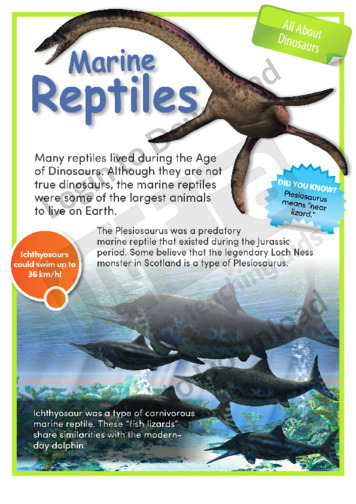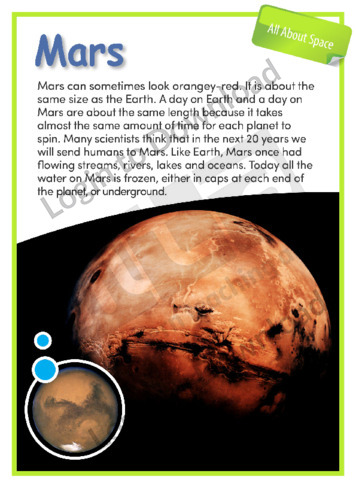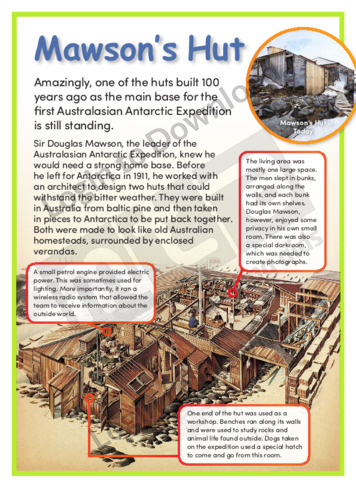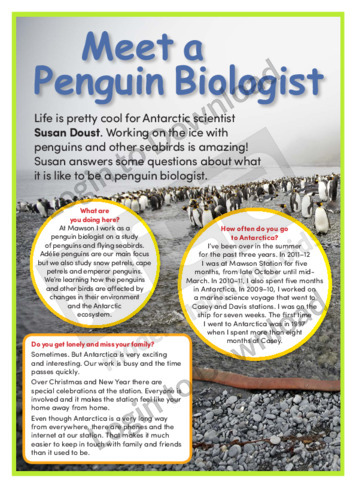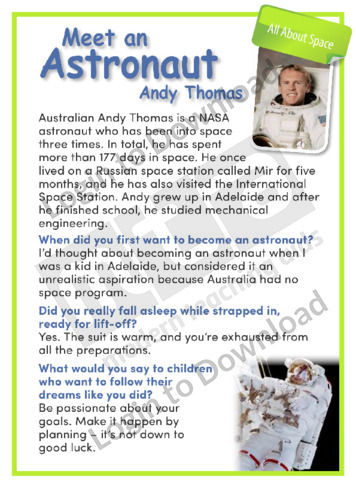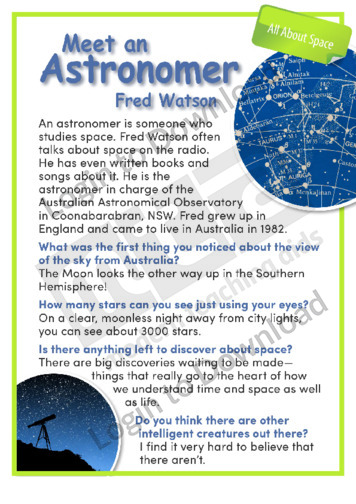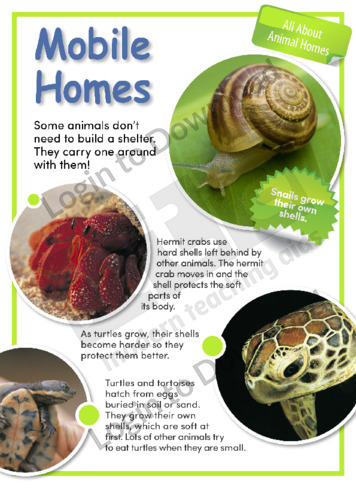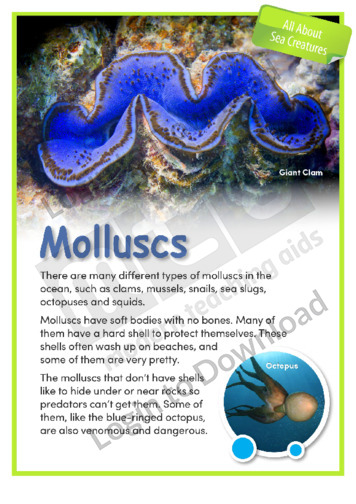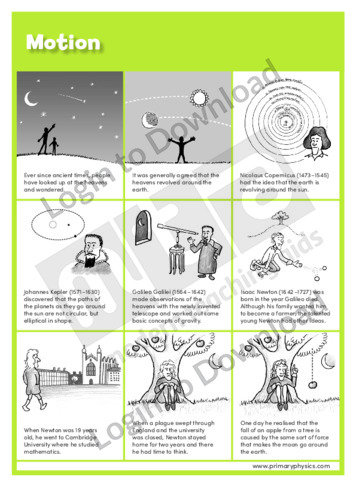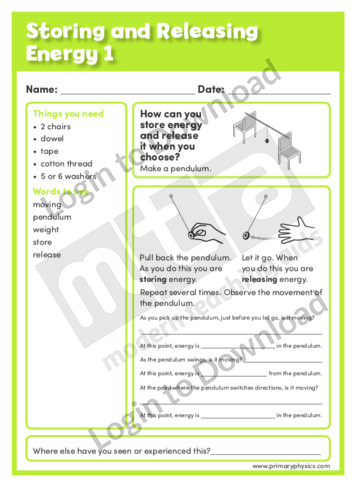This article, ‘All About Animal Families: Hiding Families’, profiles different types of animal families that hide. It provides factual information about these animals and includes colourful and engaging photographs.
This article, ‘Wingsuits: High Adventure’, provides information about wingsuits. Experienced wingsuit flyers describe what it is like to participate in this extreme sport.
This article, ‘Volcanoes: Hot Stuff’, provides information about volcanoes. It is aimed at broadening students’ environmental and geographical awareness and includes colourful and engaging images.
This article, ‘All About Australian Animals: How a Joey Grows’, describes the different stages of a baby kangaroo’s growth. It provides factual information about a joey’s development and features colourful and engaging photographs.
This article, ‘All About Australian Animals: How Big Is It?’, describes the sizes of different Australian animals. It provides factual information and features colourful and engaging photographs.
This article, ‘All About Birds: How Do Birds Fly?’, explains how birds fly. It provides factual information and includes colourful and engaging illustrations.
This physical science worksheet, ‘How Does It Work?’ supports students to consider the movement that occurs within a simple machine.
This story, ‘All About Animal Families: How the Kangaroo Got Her Pouch’, tells a legend of how the kangaroo got her pouch. It includes colourful and engaging photographs.
This article, ‘How to Build a Frog Pond’, explains how to build a frog pond. It is aimed at encouraging students to participate in environmental activities and features colourful and engaging photographs.
This article, ‘All About Animal Families: Hunting Families’, profiles different types of animal families that hunt. It provides factual information about these animals and includes colourful and engaging photographs.
This article, ‘Motion Sickness: I Feel Sick!’, provides information about motion sickness. It explains why this condition occurs and what can be done to help prevent it.
This graphic organiser, ‘I Scream, You Scream for Changes in Seasons’ allows students to sort information into groups, based on different seasons.
This chemical science worksheet, ‘Ice Is Cool’ supports students to identify and record different materials. It supports an understanding of changes in materials.
This article, ‘All About Insects: Insect Camouflage’, provides information about insects that use camouflage for protection. It features interesting facts about these insects and includes colourful and engaging images.
This article, ‘International Space Station’, describes the International Space Station. It provides factual information and includes colourful and engaging photographs.
This article, ‘Is This the Greenest School?’, profiles an ‘eco-school’ in Australia. It explains what the students at this school are doing to help the environment and encourages students to participate in environmental activities.
This article, ‘All About Space: Jupiter’, describes the planet Jupiter. It provides factual information and includes colourful and engaging photographs.
This graphic organiser, ‘Kite Experiment’ helps students to arrange information from experiments in an efficient matter, that will be easily remembered.
This article, ‘All About Insects: Ladybird Beetles’, provides information about ladybird beetles. It features interesting facts about these insects and includes colourful and engaging photographs.
This article, ‘All About Australian Animals: Learn by Numbers’, provides interesting facts about Australian animals. It features statistical information and includes colourful and engaging images.
This article, ‘Leeches’, provides information about leeches. It explains how leeches can be used to save lives and features colourful and engaging photographs.
This article, ‘Let’s Rock’, provides information about two famous rocks in Australia. It is aimed at broadening students’ geographical awareness and includes colourful and engaging photographs.
This hands-on activity, ‘Levers 1’ asks students to investigate the concept of a lever and how the movement of a load is impacted by the efforts location to the fulcrum.
This hands-on activity, ‘Levers 2’ introduces the concepts of fulcrum, load and effort through the use a wheel-barrow.
This hands-on activity, ‘Levers 3’ asks students to make chopsticks and investigate the types of levers involved when students use them to eat.
This hands-on activity, ‘Levers 4’ asks students to explore various types of items and identify which class of lever they belong to.
This hands-on activity, ‘Levers 5’ asks students to explore various types of items and identify which class of lever they belong to.
This hands-on activity, ‘Levers 6’ asks students to make moveable ears and identify the fulcrum, load, effort and class of the lever.
This article, ‘Life as a Croc’, provides information about crocodiles. It describes the reproduction process of saltwater and freshwater crocs and features colourful and engaging photographs.
This article, ‘All About Insects: The Life Cycle of a Butterfly’, describes the different stages of a butterfly’s life. It provides factual information about each phase of a butterfly’s life and includes colourful and engaging images.
This article, ‘Bushfires: Life from the Ashes’, explains how certain types of creatures and plants cope with bushfires. It provides factual information and includes colourful and engaging photographs.
This article, ‘All About Sea Creatures: Life on the Coast’, describes different objects that can be found on coasts. It provides factual information and features colourful and engaging photographs.
This article, ‘All About Reptiles: Lizards’, provides information about lizards. It features interesting facts about these reptiles and includes colourful and engaging photographs.
This article, ‘Look Out… There’s a Tick!’, provides information about ticks. It features interesting facts about these tiny bloodsuckers and includes colourful and engaging photographs.
This article, ‘All About Australian Animals: Look Out: Invaders!’, profiles animals that are not native to Australia. It provides factual information about these animals and features colourful and engaging photographs.
This hands-on activity, ‘Machines Project 1’ asks students to pull apart an old machine and examine how many simple machines and levers they are made up of.
This hands-on activity, ‘Machines Project 2’ asks students to make something using at least three different types of simple machines.
This quick reference chart, ‘Simple Machines Review’ provides a visual reference chart on simple machines and how they make moving loads easier.
This quick reference chart, ‘Simple Machines’ provides a visual reference chart on simple machines and how they make moving loads easier.
This hands-on activity, ‘Magnetic Energy’ asks students to investigate magnetic energy through exploring the properties and use of magnets.
This article, ‘Endangered: Mahogany Gliders’, provides information about mahogany gliders. It is aimed at broadening students’ environmental awareness and includes colourful and engaging photographs.
This Earth Science worksheet, ‘Make a Map’ asks students to map part of their school then imagine how it would change over time. It supports an understanding of change and of maps.
This article, ‘All About Sea Creatures: Mammals’, describes marine mammals. It provides factual information and features colourful and engaging photographs.
This article, ‘All About Dinosaurs: Marine Reptiles’, provides information about marine reptiles that lived during the dinosaur age. It is aimed at broadening students’ awareness of natural history and includes colourful and engaging images.
This article, ‘All About Space: Mars’, describes the planet Mars. It provides factual information and includes colourful and engaging photographs.
This hands-on activity, ‘Mass’ asks students to investigate the concept of mass through looking at touch, shape and texture.
This article, ‘Mawson’s Hut’, describes the hut Sir Douglas Mawson built in Antarctica. It is aimed at broadening students’ geographical and historical awareness and includes colourful and engaging images.
This article, ‘Meet a Penguin Biologist’, features an interview with penguin biologist Susan Doust. Susan describes the work she does in Antarctica and what it is like to live far away from her friends and family.
This article, ‘All About Sea Creatures: Meet a Seahorse’, describes seahorses. It provides factual information and features colourful and engaging photographs.
This article, ‘All About Sea Creatures: Meet a Starfish’, provides information about starfish. It includes colourful photographs to engage students.
This article, ‘All About Space: Meet an Astronaut’, features an interview with astronaut Andy Thomas. Andy describes what it is like to be an astronaut and provides advice for young people who want to follow their dreams.
This article, ‘All About Space: Meet an Astronomer’, features an interview with astronomer Fred Watson. Fred describes what it is like to be an astronomer and shares some interesting facts about astronomy.
This article, ‘All About Sea Creatures: Meet an Octopus’, features interesting facts about octopuses. It includes colourful photographs to engage students.
This article, ‘All About Animal Homes: Mobile Homes’, profiles animals that carry their homes around with them. It provides factual information about these animals and includes colourful and engaging photographs.
This article, ‘All About Sea Creatures: Molluscs’, describes molluscs. It provides factual information and features colourful and engaging photographs.
This quick reference chart, ‘Motion’ provides a visual summary on the scientists who discovered the basics of movement.
This hands-on activity, ‘Storing and Releasing Energy 1’ asks students to build a pendulum and investigate how you can store and release energy when you choose.
This hands-on activity, ‘Storing and Releasing Energy 2’ asks students to investigate the transfer of potential energy to kinetic energy through the use of a yoyo.
This hands-on activity, ‘Storing and Releasing Energy 3’ asks students to investigate the transfer of potential energy to kinetic energy through the use of a slinky.
This hands-on activity, ‘Storing and Releasing Energy Project’ asks to explore kinetic energy through building and conducting an experiment using a pendulum.
It�s that easy!

